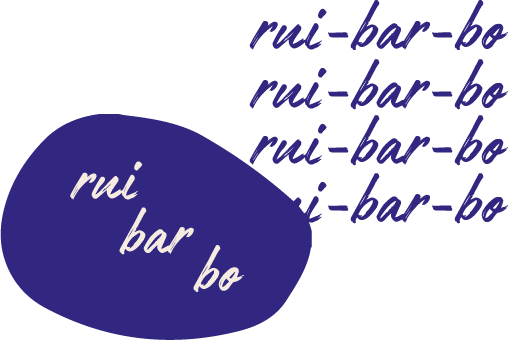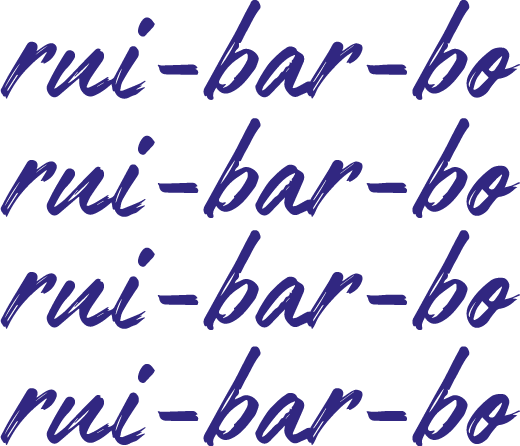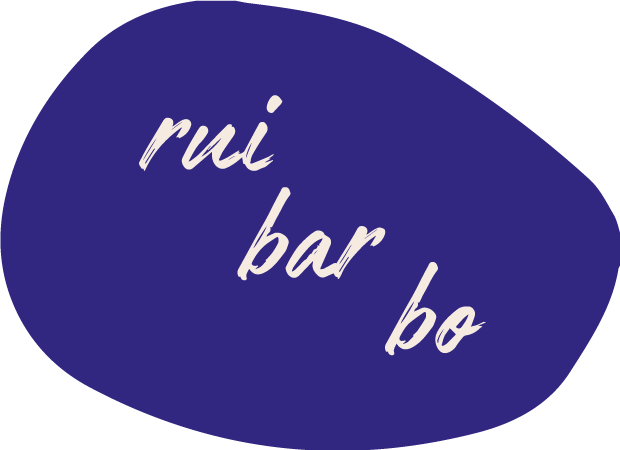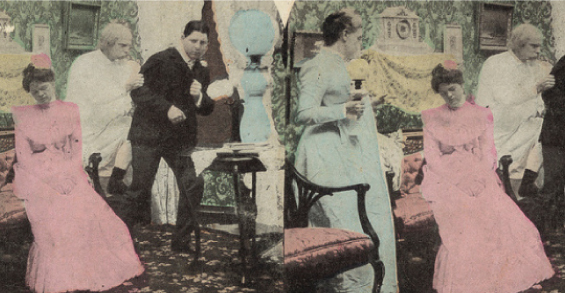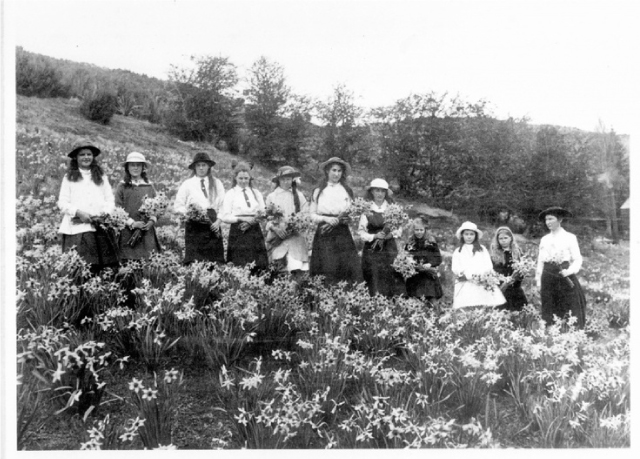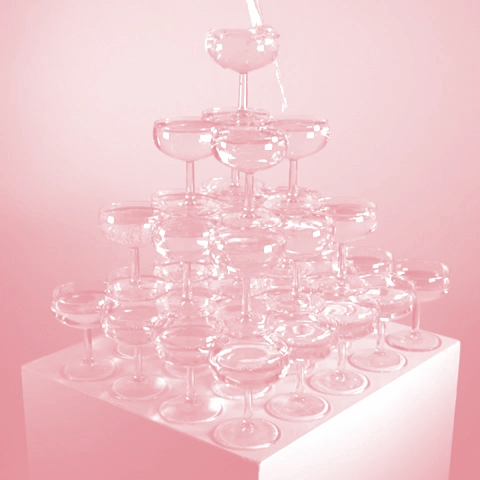
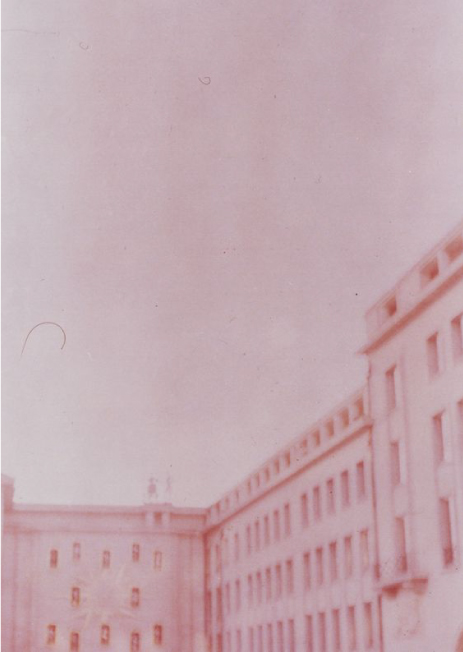
For us, it all begun in England, where we had the chance to taste rhubarb in several delicious desserts.
Once back in our Patagonian city of Puerto Varas, all we talked about was
rhubarb;
rhu-barb,
rhu-barb.
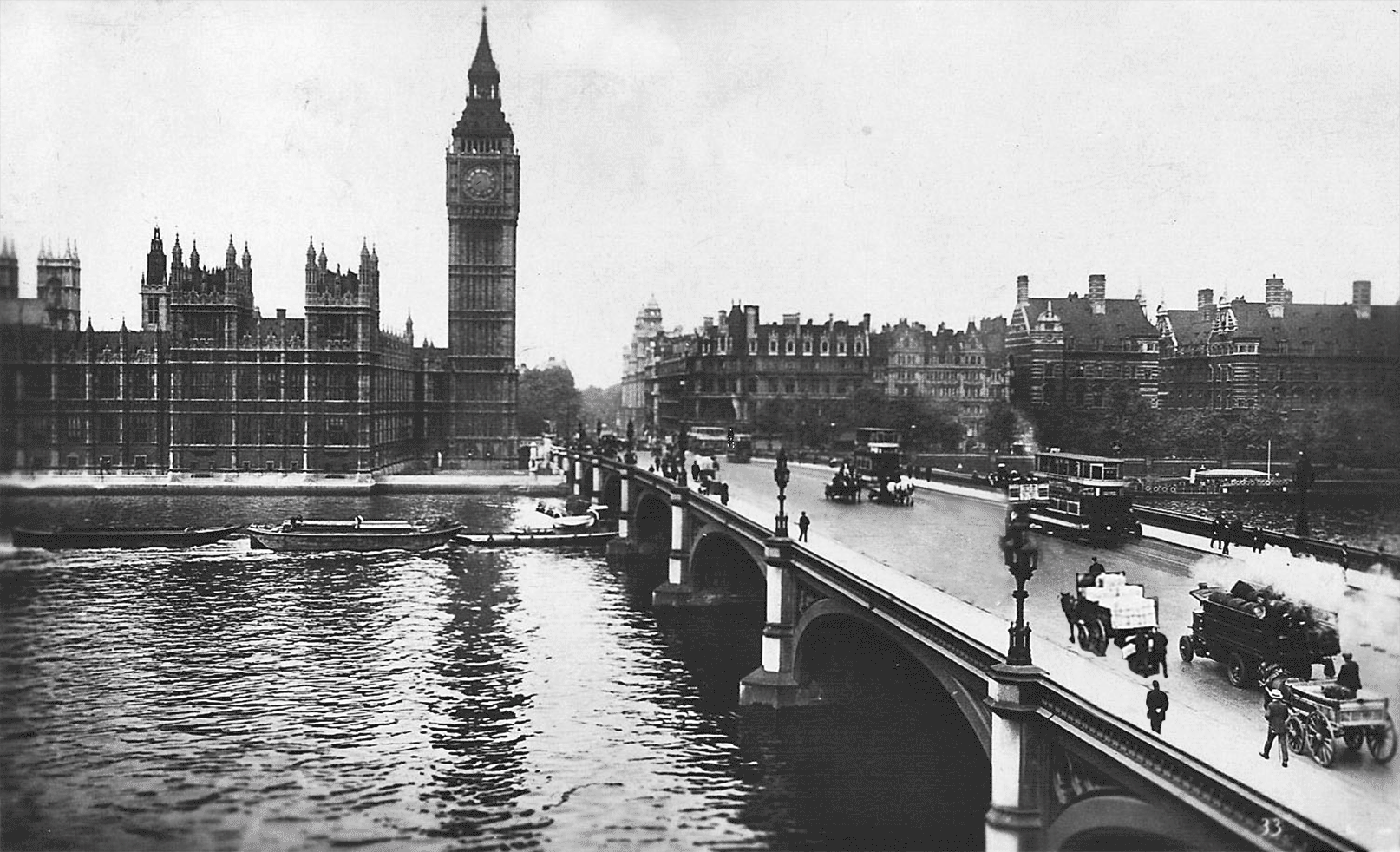

Sitting at the table with our relatives, most whom are of German descent, we discovered that this vegetable was a well-known friend
The plants grew here as well; they had been sown by our ancestors, when they decided to try their luck in this southern corner of the world, over a century ago.
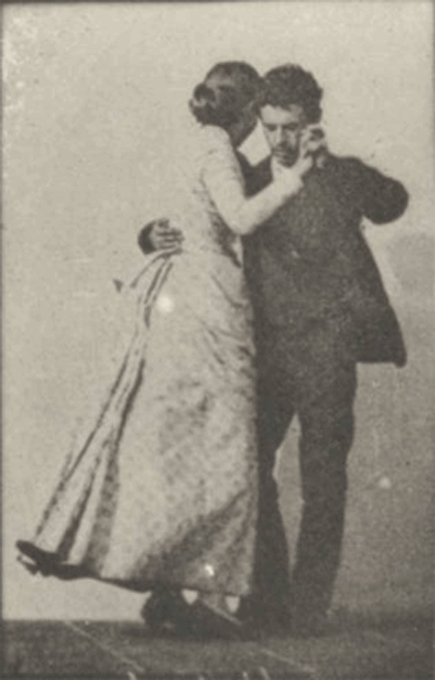
Surprised, we went up to the family attic, where the legal documents, blueprints and kitchen recipes have been stored for decades. We found tons of boxes filled with dusty notebooks, all of them about rhubarb, rhubarb all over the place.
So, we decided to enter this world of yellowish pages and prehistoric plants, to rescue the forgotten flavor of rhubarb, and in a short while we had planted some for our own private use.
The harvest was so abundant, that after making marmalades, sweets and deserts, we still had plenty of rhubarb left. We then took some time to experiment, trying out eccentric ideas with different degrees of success, until a natural tendency to celebrate led us to research fermentation.
It was then that the spark lit, and we decided to give life to RUI, the first rhubarb sparkling grown in Patagonia.

